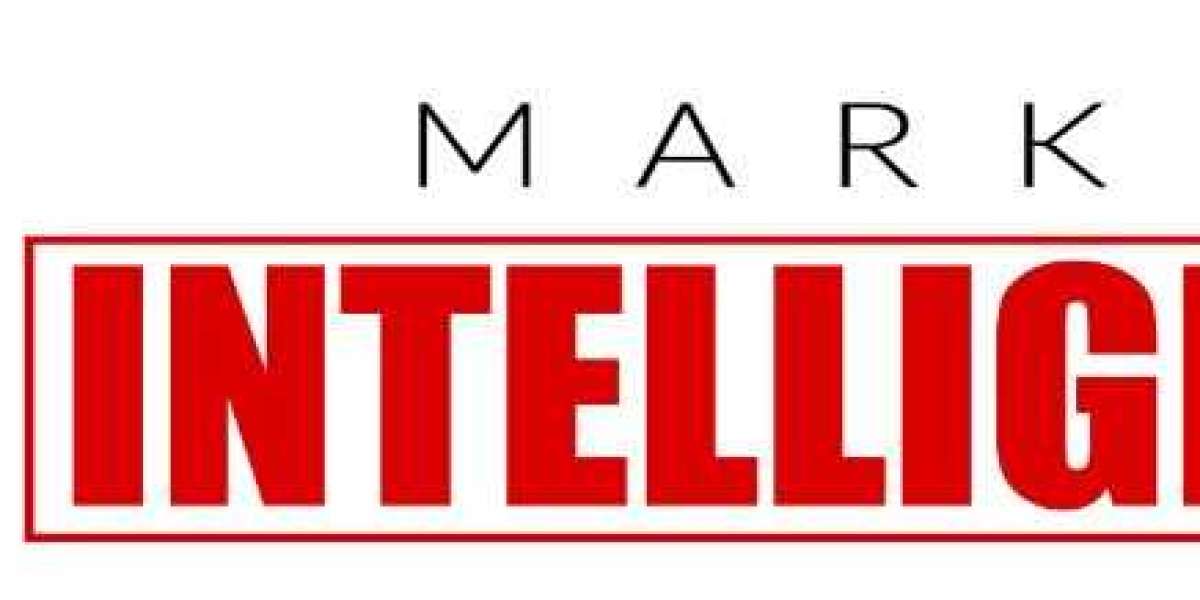There's a quiet moment of triumph when you finish drafting an important legal statement - the signatures are in place, the language feels airtight, and the document looks official enough to frame. But this confidence is often a mirage. Hidden in the spaces between paragraphs, lurking in the assumptions everyone makes but no one questions, are the validation gaps that turn ironclad agreements into Swiss cheese when tested. Legal validation isn't about what's on the page; it's about the invisible architecture supporting those words. Most people focus on the obvious - signatures, dates, witness lines - while the real vulnerabilities hide in plain sight.
The Paper Trail That Isn't There
Consider the humble notarized bill of sale for car - a document so commonplace it's practically transactional wallpaper. Yet nearly 30% of contested vehicle sales involve some failure in this basic instrument. The problem isn't the notary stamp or the purchase price clarity; it's the unverified connective tissue. Does the document reference the correct title number? Are the identifying details of the vehicle (VIN, make, model) pulled directly from the title itself, or from memory? Most crucially - does the seller's ID used for notarization match exactly (middle initials, suffixes) how their name appears on the title? These microscopic discrepancies become fault lines when money changes hands and memories get fuzzy.
The same principle applies to any legal statement. A contract for services becomes vulnerable when it references "Exhibit A" that was never attached. A property agreement falters when it describes boundaries using colloquial landmarks ("the old oak tree") rather than survey coordinates. Validation isn't about the document's face value - it's about creating an unbroken chain of references that can be independently verified years later when no one remembers the deal's context.
The Witness Who Wasn't Watching
Legal culture fetishizes witnesses without ever teaching them how to witness properly. Two signatures at the bottom of a page prove someone was present - not that they understood what they were endorsing. The most overlooked step in validation isn't getting witnesses to sign; it's creating a record of their actual observation. Savvy attorneys now include a separate witness affidavit with three simple questions: (1) Did you see all parties sign voluntarily? (2) Were all signatories alert and coherent? (3) Can you confirm no undue pressure was observed? This transforms passive spectators into active validators.
The power of this approach becomes clear in contested wills. A standard witness signature might confirm presence; a witness affidavit can torpedo claims of incapacity or coercion. The same technique applies to business agreements - imagine how many partnership disputes could be short-circuited by having witnesses attest to each party's clear understanding of terms. Yet this remains rare outside high-stakes contracts, leaving most legal statements protected by little more than ceremonial autographs.
The Timeline That Doesn't Add Up
Documents exist in time, yet most validation processes treat them as timeless artifacts. A signed statement might be perfectly valid in form but fatally compromised by its relationship to other events. Consider non-compete agreements signed after employment begins, or liability waivers presented at the point of service rather than during enrollment. The legal weight of these documents often hinges on their position in a sequence that no one bothers to document.
The sophisticated solution isn't complicated - it's about creating a paper trail for the paper trail. A contract should reference the date and method of its presentation ("This agreement was emailed to all parties on [date] with read receipts confirmed"). Amendments need clear version histories ("This revision supersedes the document dated [original date] as noted in section 12"). Even simple receipts become more defensible when they include timestamps and delivery confirmations. This temporal anchoring costs almost nothing to implement but becomes invaluable when someone later claims "I never saw that version" or "Those terms were added later."
The Jurisdiction Trap
In our globalized world, a document can be perfectly valid in one place and utterly unenforceable in another - sometimes within the same country. The most meticulously crafted contract can unravel if it fails to specify which state's laws govern interpretation, or where disputes must be adjudicated. This becomes especially perilous with digital agreements where signatories might be in different jurisdictions, or when dealing with mobile assets (like vehicles) that cross state lines.
The notarized bill of sale for car exemplifies this risk. A vehicle sold in Texas but registered in New Mexico might involve different title transfer requirements, odometer disclosure rules, and tax implications. A document can be notarized correctly and still fail because it didn't account for the legal ecosystem where it would be used. The same applies to employment contracts, intellectual property assignments, and virtually any agreement where parties or assets might move. True validation requires designing documents for portability - specifying governing law, including choice-of-venue clauses, and sometimes even attaching jurisdiction-specific addenda.
Conclusion: Validation as a Process, Not a Stamp
The difference between a legally sound statement and a decorative piece of paper isn't found in the boldness of the signatures or the impressiveness of the notary seal. It's in the invisible scaffolding - the unbroken chains of reference, the verified context of execution, the temporal anchors, and the jurisdictional foresight. Proper validation turns documents into living things that can defend themselves when challenged, rather than museum pieces that crumble under scrutiny.
In an era where anyone can create something that looks official, the real skill lies in creating something that remains official when tested. This requires thinking like a challenger during preparation - asking not "does this seem correct?" but "how could someone attack this later?" The most bulletproof legal statements aren't those with the fanciest formatting, but those where every assumption has been interrogated, every connection documented, and every vulnerability preemptively shored up. In law as in architecture, what you don't see determines whether the structure stands or falls.








